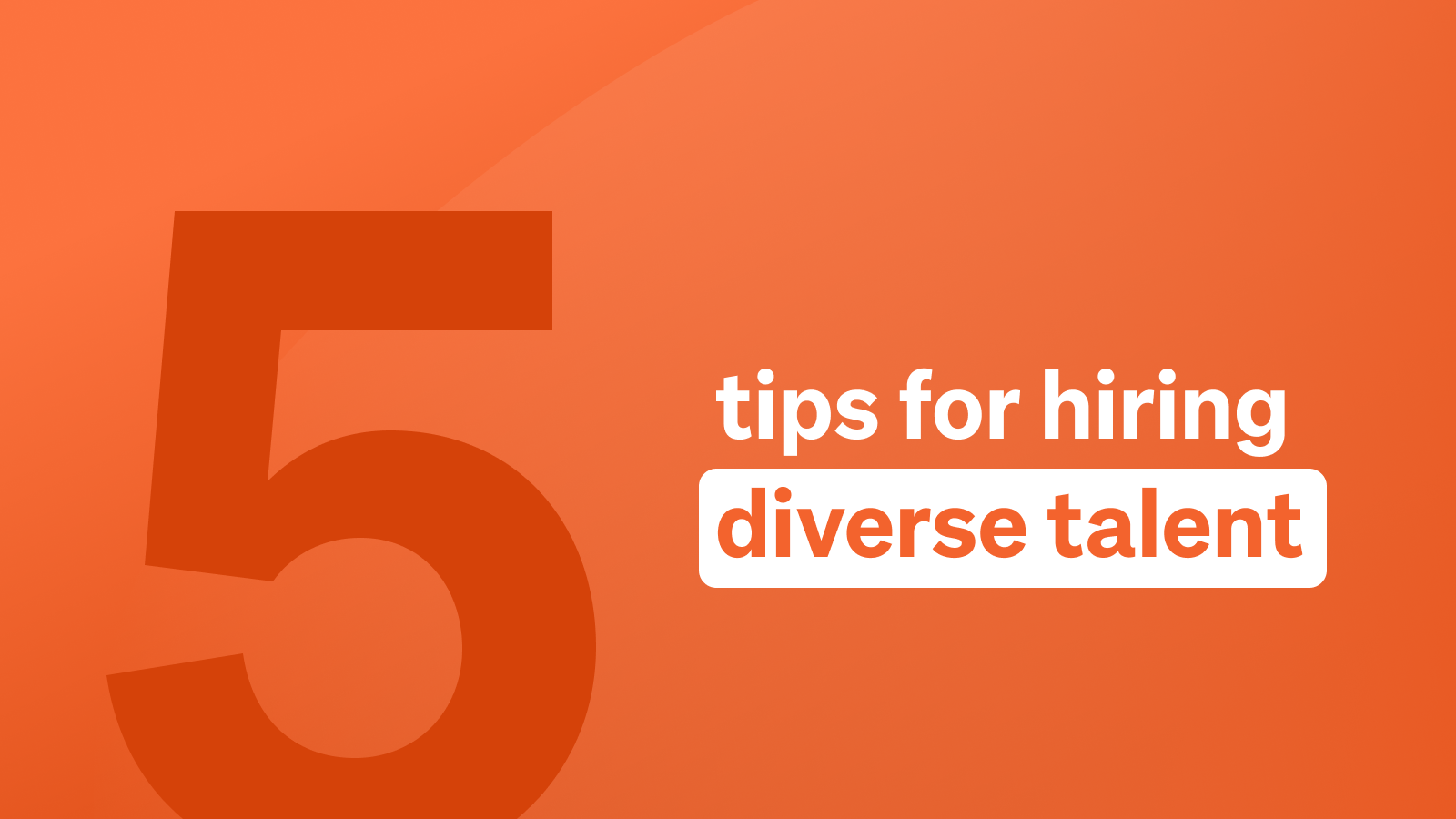Advertisers advice
5 tips for hiring diverse talent
The more inclusive your job listings are, the wider the talent pool you will be able to attract
In a tight, labour-short market, the more inclusive your job listings are, the wider the talent pool you can attract. Here are five top tips for writing more inclusive job descriptions to help attract diverse candidates and support an inclusive hiring process.
1. Focus on essential qualifications and transferable skills
To create inclusive job descriptions, aim to focus on the essential qualifications and skills required for the position rather than a long list of ideal specifications.
Try to avoid unnecessary or overly specific requirements that might exclude qualified candidates from underrepresented groups. Instead, concentrate on the core competencies needed to perform the job effectively. This approach widens the talent pool and encourages candidates from various backgrounds to apply. Consider emphasising transferrable skills and experiences that can be gained outside of traditional work environments, as this can attract a wider pool of candidates.
2. Use gender-neutral language
When crafting job descriptions, it's essential to use gender-neutral language to ensure inclusivity.
Gender-neutral language avoids favouring one gender over another, making the position more appealing to all candidates. Instead of using gender-specific pronouns like "he" or "she," opt for gender-neutral pronouns such as "they or them" or rewrite the sentence to avoid pronouns altogether.
Be mindful of job titles and avoid gender bias. Consider using terms like "salesperson" instead of "salesman" or "server" instead of "waitress/waiter." Using gender-neutral language throughout the job description creates a welcoming environment for candidates of all genders.
3. Eliminate bias and gender coded words
When posting a job listing, make sure to avoid gender-coded language. These words are predominantly adjectives that describe personal attributes rather than required outcomes of the job, specific experience, or other factual information. An example of gender-coded language is using words such as ninja, rock star, and superhero. Our unconscious biases can unintentionally exclude qualified candidates and may discourage them from applying for a role. Review the language used and assess whether any assumptions about age, race, gender, or other characteristics are present.
Consider involving a diverse group of individuals, such as an inclusive hiring committee or employee resource group, to provide feedback on the job description. This external perspective can help identify any unintentional biases that may have been overlooked
4. Highlight your commitment to diversity and inclusion
Including a statement that highlights the organisation's commitment to diversity and inclusion within your job description can be a powerful way to attract a diverse pool of candidates.
Clearly communicate that your company values diversity and actively fosters an inclusive work environment. This signals to potential applicants that their unique perspectives and backgrounds are valued, increasing their interest in the position. Also, mentioning any diversity initiatives, employee resource groups, or diversity training programs can further demonstrate the organisation's dedication to creating an inclusive workplace.
Here’s an example from Trade Me:
Trade Me is an INZ accredited employer. We truly value diversity and embrace a flexible workplace where people are encouraged to achieve their potential.
5. Offer flexibility and talk to the companies inclusive benefits
Many candidates may have specific needs, such as flexible working hours or accessibility accommodations, that can significantly impact their decision to apply for a role. Including a statement that welcomes discussions about paid parental leave, health insurance or highlighting any existing flexible work policies can make a significant difference in attracting a diverse range of candidates. By being transparent about these aspects, organisations demonstrate their commitment to supporting employees' diverse needs and fostering an inclusive workplace culture.
You can find more information about flexibility in the workplace in our 2023 Employer and Job Hunter Intentions Report.
Other articles you might like





